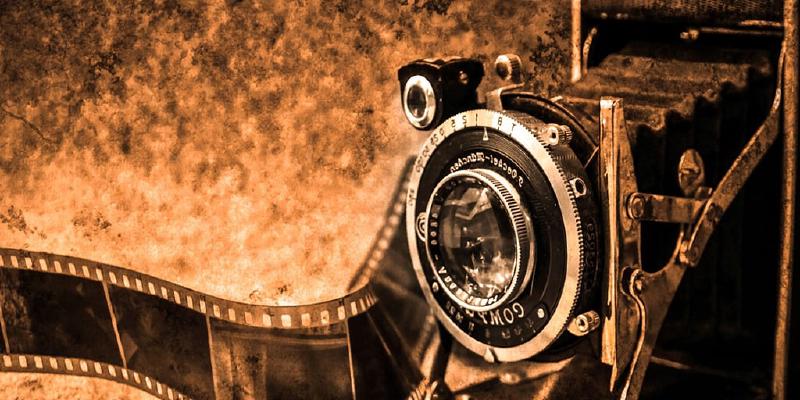The art and science of Photography
Below is an excerpt from a speech that was planned but I changed the topic. Since I had written it down, I had an obligation to share.
{Wear a hat to differentiate an artist}
Hello everyone. Say ‘Cheese….’ {Take a pic}. We all love photographs. Many have SLRs. But do we know how they work and what we can do with them? {pause} I see a few nods. More accessible than ever, camera haven’t changed much from the 10th century dark rooms called Camera Obscura. Today I will discuss the science and {art} the art of using cameras.
{Science} The camera models our eyes. There is a small hole called aperture similar to the pupil that allows light to cross the lens and reach the sensor - retina for the eye, silver chloride for film and CMOS for the digital cameras.
{Art} The most important piece of a good photograph is the lighting. Remember the ugly pics from the drunk disco night. Not your fault. Even lighting is the first thing an artist should note. Disco lights make it difficult. Remember seeing these{holding up a lens hood}. The lens hood is like the sun cap that prevents sunlight from falling into our eyes.
{Science} Light hits the lens. The huge bulky lens. We use a system of lenses for variable focus as our lenses technology rigid. The eyes can focus on anything. Here is an experiment I want you to do. Hold your finger in front of your eyes. Close one and try to touch the finger with the second hand. {Wait for a few seconds}. Difficult! Right! We have two identical eyes to capture 3D, not to provide different focal lengths for better zoom like the iPhone 7s. Science still awaits reaching the power of a single eye lens.
{Art} The eyes are better. But we are used to them. {pause} They are boring. Cameras allow us to capture stuff we don’t see often. {Holding an inverted torchlight} Light not necessarily fall from the top of our heads. {Holding the cameras at the edge of the wall} There are areas we don’t go to. {Holding the camera at the crowd} Moments we will miss in the future. Artist note 2 – Show something new or memorable.
{Science} Let’s complete our camera. The image created by the lens is inverted. We need put in something to reverse this inversion – a mirror. The mirror completes the definition of a SLR – Single Lens Reflex. Light comes from the lens, reflects on the mirror and hits the sensor. Let’s come to the settings. A photograph is dark when there is not enough light and bright when there is too much. The shutter speed controls how long we wait. In those dark and dinghy nights waiting for the bogeyman, use a tripod to capture the little one’s imagination. It will take a while. {Art} Shutter is an artist’s tool. Make it fast when you need action and slow when you need to make it dreamy. Remember, {slow speaking begin} ghosts do come in the dreams. {Slow speaking end} Artist note 3 – You can make dreams real. {Science} If you widen the hole of the aperture you get concurrent photographs. This leads to blurring. The lens causes blurring to be asymmetric. It blurs more away from the point of focus. The f number controls this.
{Artists} Using this bug in the lens system we can create Bokeh, an effect where what we want to focus is visible and everything else is blurred. Here comes artist note no 4 – Make the viewer focus. Save your budget. Blur the background.
{Science} Finally comes ISO – the sensitivity of the sensor. The sensor is packed with millions of cells that convert light to pixels. ISO is the multiplier. Think of it like this. The more data the sensor reads, the better it approximates. If it is very sensitive, it is done when it has read little.
{Artist} Bad ISO leads to grainy images. Keep the ISO low unless you need to increase it. Artist note 5 - Trust the camera. Play with a setting at a time and touch ISO only if forced to.
{To the middle} Cameras are complex machines with basic settings, focus and zoom you get from changing lenses. The aperture, shutter speed and ISO you can control. Remember the artist’s notes – control the light, show something novel, make dreams real, blur to focus and trust the camera. Photographs as good as they may be, are not great substitutes for the experience. Take a small number of good photographs. Enjoying the moments is more important than capturing them.




Comments
Post a new comment
We get avatars from Gravatar. You can use emojis as per the Emoji cheat sheet.